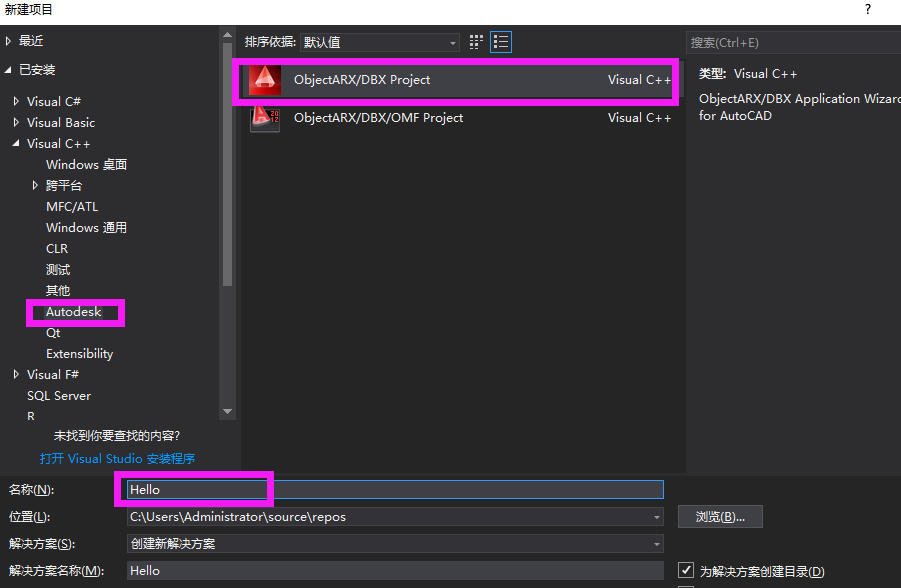


Share static libs or source files between Windows/MFC DLL and Mac Bundle Separate the commands and core logic from Windows-code OSX uses Unicode UTF16 whereas Windows uses UTF8 Conversion required between wchar_t or CString and NSString Careful about Unicode format differences įorward slash supported on all platforms Back slash only on Windows ObjectARX provides polymorphic data types On Windows, AutoCAD uses Fibers as an alternative to Threading.ĬP322-1 Migrating AutoCAD Apps to the Fiberless Environment (AU 2010) Mac product line includes AutoCAD, AutoCAD LT, and AutoCAD WS

Mac support brought back with AutoCAD for Mac released in October 2010, and September 2011 Used cross-platform UI components including DCL This supported was dropped due to limited users Learning Objectives At the end of this class, you will be able to: Describe cross-platform coding techniques Port your code to Apple Mac Integrate your commands with AutoCAD for Mac menus and toolbars Develop native Apple user interfaces for AutoCAD for MacĪutoCAD supported 10+ platforms up to the early 90s ĪutoCAD for Mac dropped after 2 releases (R12 and R13) Learn to recreate your dialogs and palettes using the Cocoa® framework and how to autoload your applications and CUI files into AutoCAD for Mac. Watch live coding demonstrations that will show you how to quickly compile your existing ObjectARX code for commands and custom entities on the Apple® Mac with XCode® developer software. Introduction Brief History of AutoCAD for Mac Compare Windows and Mac APIs Cross Platform Development Basics Mac User Interface Overview CUI Auto LoaderĬlass Summary This class shows how to completely port your existing Windows®-based ObjectARX applications to AutoCAD for Mac. Porting Applications and User ® ® Interfaces to AutoCAD for Mac Asheem Mamoowala Software Engineer, Autodesk


 0 kommentar(er)
0 kommentar(er)
